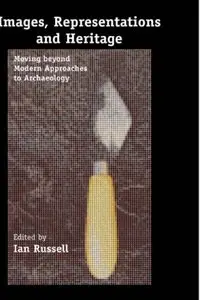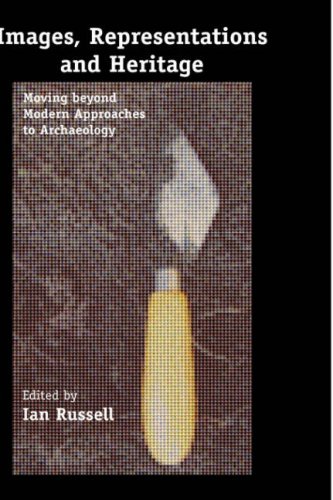Ian Russell, "Images, Representations and Heritage: Moving beyond Modern Approaches to Archaeology"
Springer | 2006 | ISBN: 0387322159 | 390 pages | PDF | 9,3 MB
Springer | 2006 | ISBN: 0387322159 | 390 pages | PDF | 9,3 MB
Recent archaeological theory has show that images of the past have carried a particularly strong resonance within modern social groups. This volume explores the immeasurable impact that the phenomenon of archaeology has had on the representation of the past in the modern world. Modern society’s ‘archaeological imagination’ conceives of archaeology as a producer of images of the past which become representations of modern group identities. If archaeology is utilized by public groups to construct and represent identities, then what are archaeologists to do with that public? The very fact that the public is interested in the past and in archaeological research is an opportunity for archaeology to engage that public.
Participation in the public’s modern interest in archaeology, however, puts archaeology at risk. The growing role of archaeology and heritage within the economics of tourism, has led to a commodification of archaeological knowledge and experience for consumption. This volume begins a discourse on the implications of performing archaeology in a world dominated by modern trends of mass production, mass replication and representation of cultural forms and mass consumption of images of the past. The contributors explore to what extent we are experiencing a crisis of representation of the past due to contemporary consumption of mass-produced replicas, simulations, images and experiences of the past.
To work through this crisis the contributors in this volume are exploring opportunities for development within archaeological thought and practice. Their arguments illustrate a move towards active, participatory and poetic archaeological thought and practice. Rather than focusing on what is produced through process (artifacts, monuments, interpretive centers, etc.), they are concerned with what they are doing, about taking part, about participating reflexively in the tradition of understanding and expressing understanding of the past. This volume does not conjure up romantic beliefs about the project of archaeology, but rather, it signals a fundamental revision of archaeology - not what it is, but what it can do.
Not all books on AvaxHome appear on the homepage.
In order not to miss many of them follow ebooks section (see top of each page on AH) and visit my blog too :)
In order not to miss many of them follow ebooks section (see top of each page on AH) and visit my blog too :)
NO MIRRORS according to the rules



